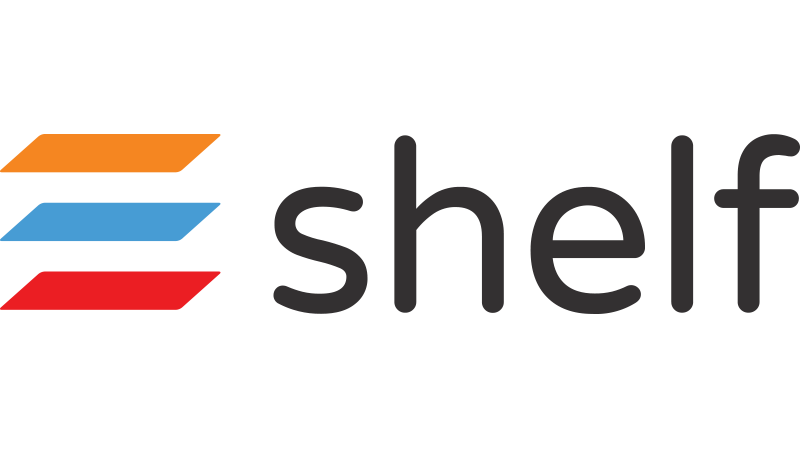Document Version History
Version number | Modified by | Modifications made | Date modified | Status |
1.0 | Shelf | Initial release of the document. | 26 July 2024 | Active |
Glossary
Term | Meaning |
Google Workspace | A collection of cloud computing, productivity and collaboration tools, software and products developed and marketed by Google. It consists of Gmail, Contacts, Calendar, Meet and Chat for communication; Drive for storage; and the Google Docs Editors suite for content creation. |
Shelf KMS | Shelf Knowledge Management System, a platform to store and manage content |
SAML | It stands for Security Assertion Markup Language whose primary role in online security is that it enables you to access multiple web applications using one set of login credentials. |
SSO | This acronym stands for the Single Sign-On which is an authentication method that enables users to securely authenticate with multiple applications and websites by using just one set of credentials. |
Introduction
- Create and enable the Shelf App in Google Workspace
- Enable and Configure the Single Sign-On Feature in Shelf
- Understand who can and who cannot log in to Shelf via Google SSO.
Prerequisites
- For SSO setup on the Google side
- Your organization’s Google Workspace must be available and accessible
- Your user role for Google Workspace must be Super Admin
- For SSO setup on the Shelf side
- Your user role for Shelf KMS must be Admin
- Single Sign-On feature must be enabled for your organization and your account.
Configuring Single Sign-On in Google Workspace

Figure 1. Opening Google Workspace’s Admin Panel
Creating the Shelf SAML App in Google Workspace
- Once logged in to your Super Admin account on the Google Admin Panel, find and open the Apps option in the navigation menu.

Figure 2. Accessing Apps and creating custom SAML app in Google
- Under the Apps header, select the Web and mobile apps options to open in the main window.
- Open the Add app menu by clicking the respective button and then select the Add custom SAML app option from the dropdown list. The App details modal window opens.

Figure 3. Populating the Shelf custom SAML app details in Google
In this modal window, you can add your custom SAML app’s name, description, and icon, if you want. Once done, click CONTINUE to proceed to the next step. - The next stage is to view and copy the Google Identity Provider (IdP) details which are populated automatically once you access this window. These are SSO URL, Entity ID, and Certificate. Copy them and save to a file on your local device for further use - you will need them when configuring the SSO settings on the Shelf side. Once done, click CONTINUE.

Figure 4. Viewing and copying Google IdP details
- For the next step—configuring service provider details—you need to log into your Admin account on Shelf, access Admin Panel, and get to the Single Sign-On menu.5.1 Once you have logged in to your Shelf account and followed the path Admin Panel (1,2) > Single Sign-On (3), select the Custom SAML (4) option from the SSO Provider dropdown list. The SHELF SSO SETTINGS section will appear and autopopulate.
 Figure 5. Accessing Admin Panel and SSO settings in Shelf
Figure 5. Accessing Admin Panel and SSO settings in Shelf
5.2. Find and copy the Single sign-on URL and Audience URL (SP Entity ID) values. Save them to a file. - Once copied the values, go back to your configurations in admin.google.com. Paste the Single sign-on URL value you have copied in Shelf into the ACS URL field. Then paste the Audience URL (SP Entity ID) value into the Entity ID field, respectively. You may leave the Start URL field blank as it is the optional one.
- Scroll down the Service provider details window to the Name ID section. Click the Name ID format field and select the EMAIL option from the list that appears. Then click the Name ID field and select the Basic Information > Primary email option there. Tap CONTINUE to save the data you have entered.
 Figure 6. Configuring Service provider details in Google
Figure 6. Configuring Service provider details in Google - Now, you need to provide mappings between Shelf user attributes and available user profile fields. Click FINISH to save all the changes.

Figure 7. Configuring attribute mappings in Google
Activating Shelf App

Figure 8. Enabling Shelf SAML App in Google
Configuring Single Sign-On in Shelf
 Figure 9. Accessing and configuring SSO settings in Shelf
Figure 9. Accessing and configuring SSO settings in Shelf- Make sure that Custom SAML option has been selected in the SSO Provider dropdown menu. You should have done it when performing Step 5 of the Shelf App creation procedure.
- Scroll down to the SSO IDENTITY PROVIDER SETTINGS section and populate the required fields there. You should have copied and saved the needed values when performing Step 4 of the Shelf App creation procedure. Note that the correlation between the Google’s values and Shelf’s values is as follows:
Google value
Shelf value
SSO URL
IdP SSO Sign-on URL
Entity ID
SSO Issuer (IdP Entity ID)
Certificate
X.509 Certificate

Figure 10. Entering Google SSO values in Shelf
- After entering all the values, click SAVE (6) as shown in Figure 9 above.
- Finally, select the Enable SSO checkbox and click SAVE again.
Logging in to Shelf with Google Workspace SSO
To log in to your Shelf account using Google Workspace SSO, open Shelf KMS in your web browser, and on the Login screen that appears, click anywhere on the SIGN IN WITH SSO button.

Figure 11. Logging in to Shelf via SSO
On the page that appears, select your Google Workspace account.

Figure 12. Selecting Google Workspace account under which Shelf SSO login will occur

Figure 13. Entering Google Workspace password

Figure 14. Viewing Shelf KMS Home Dashboard after SSO login via Google Workspace
